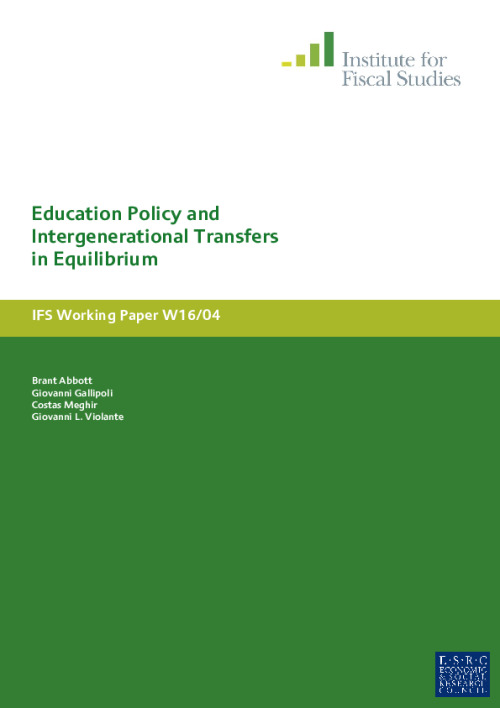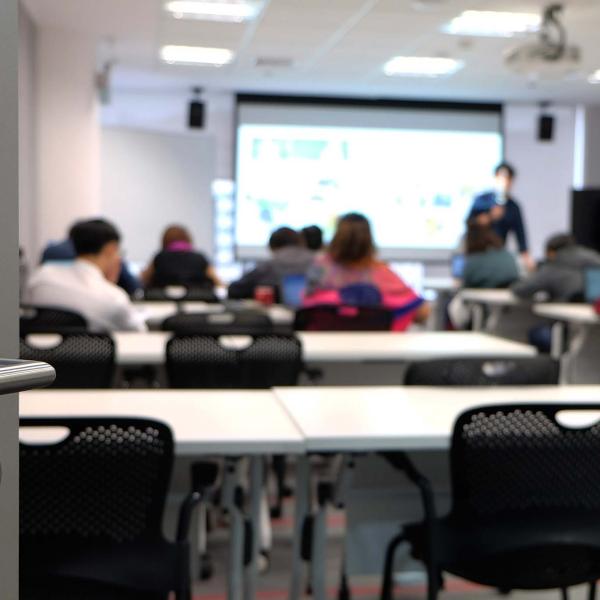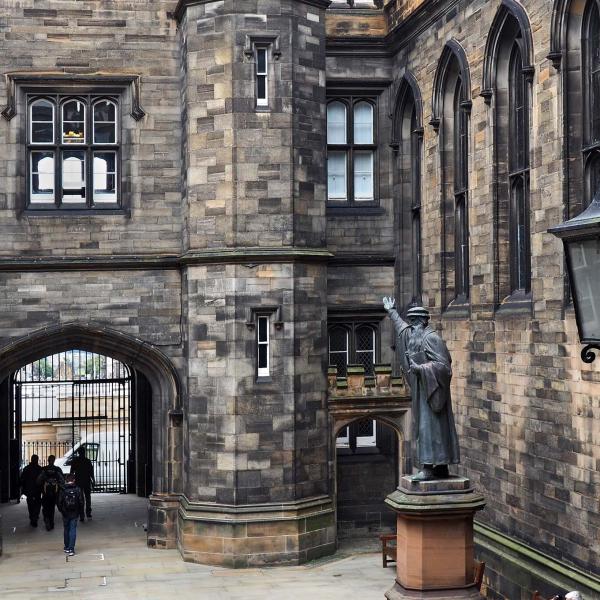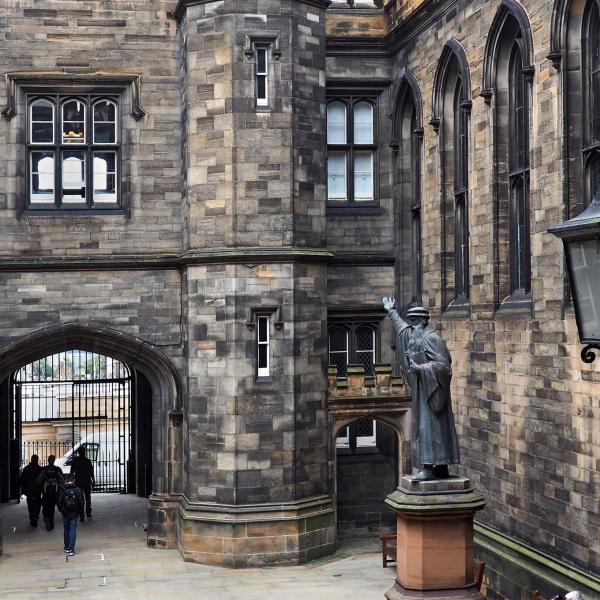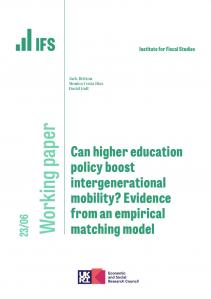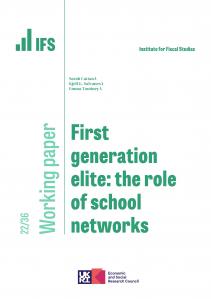This paper examines the equilibrium effects of alternative financial aid policies intended to promote college participation. We build an overlapping generations life-cycle, heterogeneous-agent, incomplete-markets model with education, labor supply, and consumption/saving decisions. Driven by both altruism and paternalism, parents make inter vivos transfers to their children. Both cognitive and non-cognitive skills determine the non-pecuniary cost of schooling. Labor supply during college, government grants and loans, as well as private loans, complement parental resources as means of funding college education. We find that the current financial aid system in the U.S. improves welfare, and removing it would reduce GDP by 4-5 percentage points in the long-run. Further expansions of government-sponsored loan limits or grants would have no salient aggregate effects because of substantial crowding-out: every additional dollar of government grants crowds out 30 cents of parental transfers plus an equivalent amount through a reduction in student’s labor supply. However, a small group of high-ability children from poor families, especially girls, would greatly benefit from more
generous federal aid.
A newer version of this working paper is available here.
